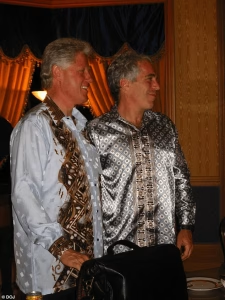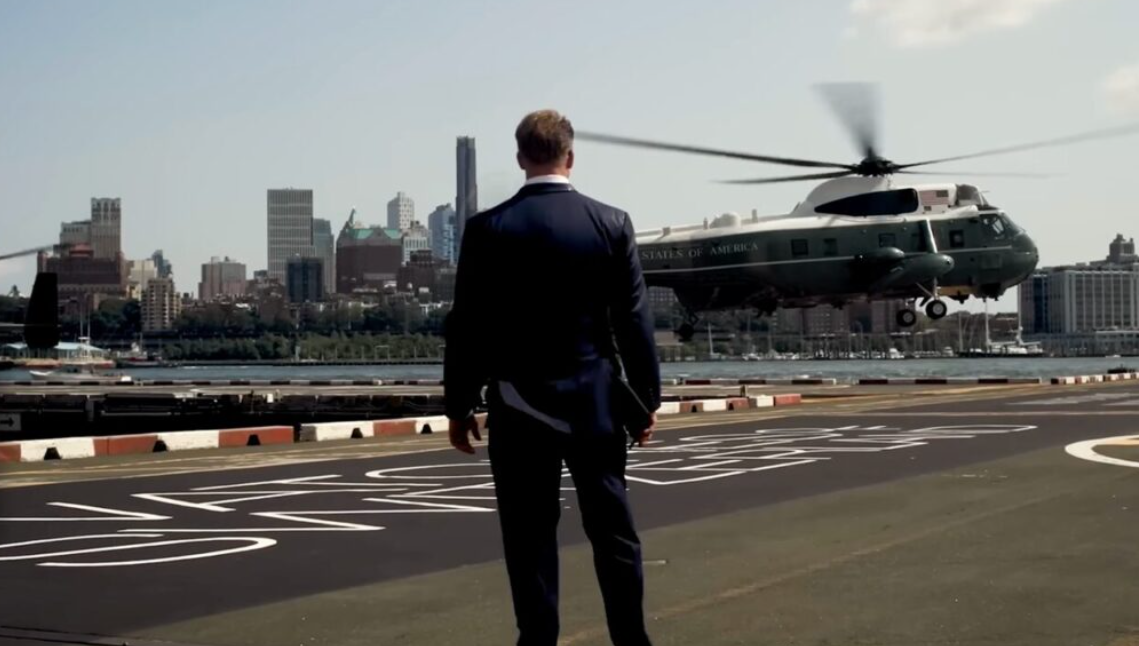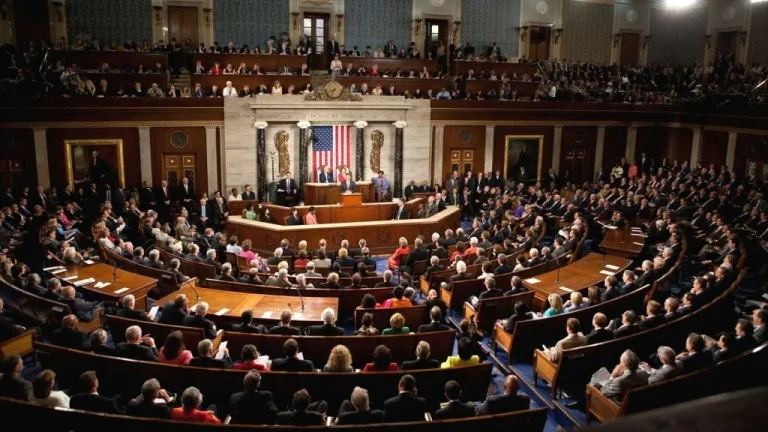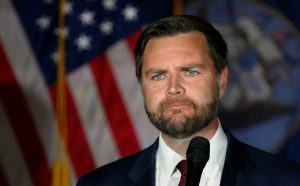Secret Service Timeline Under Scrutiny After Trump Rally Attack
Confusion Mounts Around Secret Service’s Response to Trump Rally Attack
Following the July 13, 2024, attempted assassination of President Donald Trump, new questions are surfacing about the official timeline and testimonies provided by key federal agents. A central figure in this growing controversy is David King, the elite Secret Service counter-sniper who ended the threat but now faces scrutiny over conflicting statements about what he saw—and when he saw it.
The Shooter Was Stopped—But How Quickly?
During the attack at Trump’s campaign rally in Butler, Pennsylvania, 20-year-old Thomas Crooks fired eight rounds, killing one rallygoer and grazing Trump’s ear. Local law enforcement officer Sgt. Aaron Zaliponi reportedly returned fire within six seconds of the first shot. However, the fatal shot fired by King came at least 15 seconds after the attack began—and nearly 10 seconds after Crooks stopped shooting.
The 15-second gap has become the focus of multiple congressional investigations into whether Secret Service protocols were followed and whether critical seconds were lost due to miscommunication or hesitation.
Conflicting Testimonies Spark Concern
David King initially testified before the House Task Force on November 21, 2024, stating that he did not see Crooks before the gunfire erupted. According to the transcript, King said:
“When the first shot rang out, I identified the location that Crooks was at, put my binos down, got my rifle… It must have been after [Crooks stopped shooting].”
When asked directly whether he had seen Crooks before looking through his scope, King answered, “No.”
This version of events supported a narrative that King reacted to an unexpected threat with urgency—but that changed weeks later when he appeared before the Senate Homeland Security Committee.
Post-Event Notes Paint a Different Picture
In January 2025, King’s own field notes surfaced during a closed Senate hearing. The handwritten entry contradicted his earlier claim:
“I noticed an individual… low crawling on the roof. I observed the individual shooting and engaged.”
The phrasing clearly suggests King spotted Crooks before any gunfire began. When confronted, King revised his interpretation:
“What I was trying to get at is when I saw him, he was on the peak of the roof… as soon as he was identified, the shots went out.”
He added, “It sounds like an eternity… but once I identified, then the shots went out.”
This inconsistency, along with the delayed response time, has raised red flags across the intelligence community and among members of Congress.
Investigation Expands: Was There a Breakdown in Protocol?
While President Trump praised King publicly, saying he “got him perfectly from a very long distance… less than four seconds,” the official reports don’t match that account. Multiple sources confirm that King’s shot came after the threat had already subsided—raising questions about situational awareness and operational readiness.
Republican lawmakers are now pressing for deeper inquiry. One GOP staffer involved in the investigation told reporters:
“The delay in neutralizing the shooter and the inconsistencies in the after-action reporting demand accountability. We need to know if lives were put at risk due to protocol failure—or if someone’s covering for it.”
Epstein Case Adds Pressure on Public Trust
The rally incident happened just days after Elon Musk and Donald Trump reignited public interest in the infamous Jeffrey Epstein client list. As the nation wrestled with questions about government transparency, King’s conflicting testimony only amplified public distrust toward federal institutions.
Fallout for King and the Agency
Since the hearings, David King has deleted his LinkedIn profile and has not responded to media requests for comment. The Secret Service has declined to clarify the discrepancy in his testimony, citing the ongoing investigation.
Meanwhile, internal reviews of Secret Service sniper procedures and communication chains are underway. Lawmakers on both sides of the aisle are signaling the possibility of procedural reforms ahead of the 2026 election cycle.
A Hero, Still Under Fire
Despite the controversy, many—including members of the Trump family—continue to view King as a hero. He neutralized a deadly threat, preventing what could have been a catastrophic outcome. Yet the questions surrounding his actions and the broader security response remain unanswered.
What caused the delay? Did confusion, poor visibility, or even hesitation play a role? Or are the shifting narratives evidence of something more troubling?
The truth may take months to surface, but one thing is clear: In an era when every second counts, the timeline still doesn’t add up.

Emily Johnson is a critically acclaimed essayist and novelist known for her thought-provoking works centered on feminism, women’s rights, and modern relationships. Born and raised in Portland, Oregon, Emily grew up with a deep love of books, often spending her afternoons at her local library. She went on to study literature and gender studies at UCLA, where she became deeply involved in activism and began publishing essays in campus journals. Her debut essay collection, Voices Unbound, struck a chord with readers nationwide for its fearless exploration of gender dynamics, identity, and the challenges faced by women in contemporary society. Emily later transitioned into fiction, writing novels that balance compelling storytelling with social commentary. Her protagonists are often strong, multidimensional women navigating love, ambition, and the struggles of everyday life, making her a favorite among readers who crave authentic, relatable narratives. Critics praise her ability to merge personal intimacy with universal themes. Off the page, Emily is an advocate for women in publishing, leading workshops that encourage young female writers to embrace their voices. She lives in Seattle with her partner and two rescue cats, where she continues to write, teach, and inspire a new generation of storytellers.







